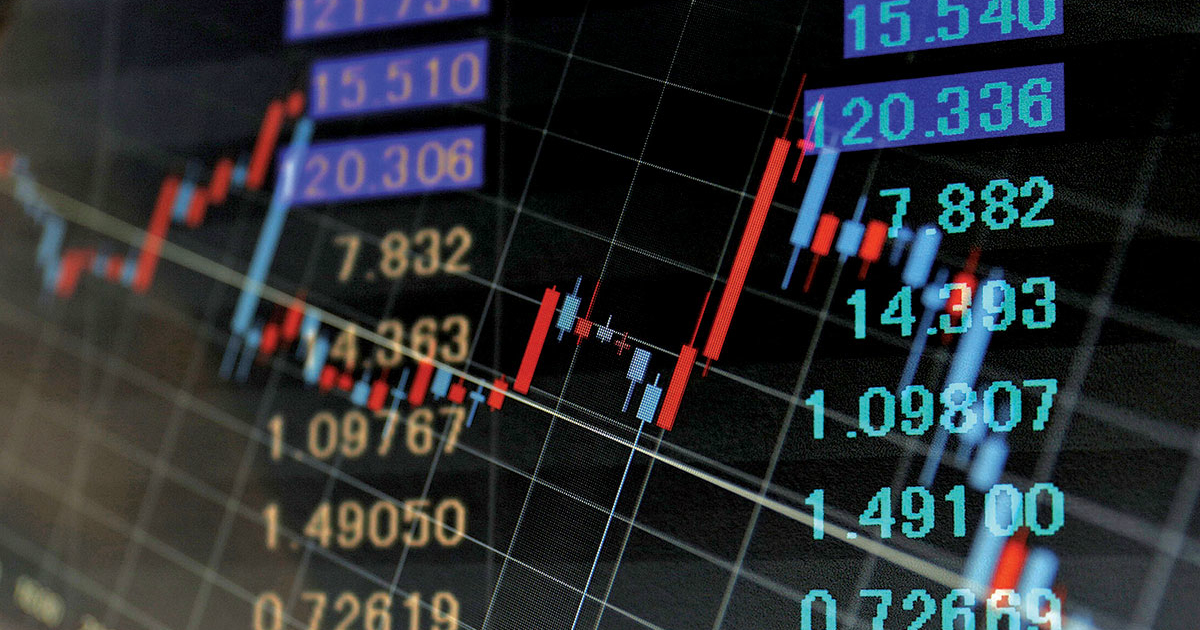What it is: A closely watched variable among Japanese manufacturers and their North American subsidiaries that factors into everything from topline r
What it is: A closely watched variable among Japanese manufacturers and their North American subsidiaries that factors into everything from topline revenue and production costs to export and import plans and investment strategies. Foreign exchange rates are often a make-or-break dictate, especially for Japanese automakers, with their broad global footprint and heavy reliance on international trade. Few rates are as critical as that governing the conversion of the Japanese yen and dollar, the currency used in the U.S. market.
Where it comes from: The yen-dollar exchange rate is determined daily by currency traders around the world who buy and sell the currencies in real time. The strength or weakness of one currency against another can be determined by a range of inputs, including interest rates, economic growth, inflation, political unrest, trade deficits and even government market intervention. This year, the yen has plunged to a three-decade low against the dollar, as rising U.S. interest rates prompt investors to drop Japanese government bonds in favor of U.S. Treasuries.
How it’s used: The general rule of thumb is that a weak Japanese yen is good for Japanese automakers. That is because it boosts the value of dollar-denominated sales from the U.S. when the money is repatriated to the Japanese parent company and converted into yen. Moreover, a cheaper yen tends to support exports from Japan because it allows Japanese manufacturers to charge less in dollar terms but still reap the same amount in yen.
How it might be misused: A dramatically cheaper yen can be a double-edged sword because it also increases the cost of importing dollar-denominated raw materials and components to Japan. In today’s environment of soaring inflation, rising dollar prices combine with a weaker yen to slam those importers with a double whammy.
news.google.com
